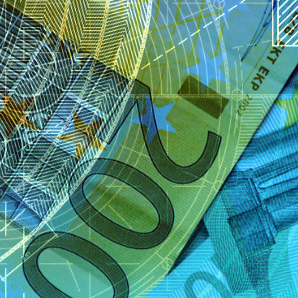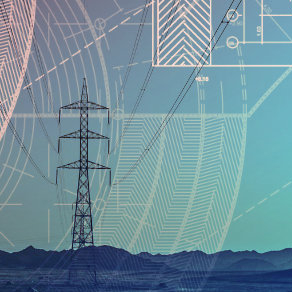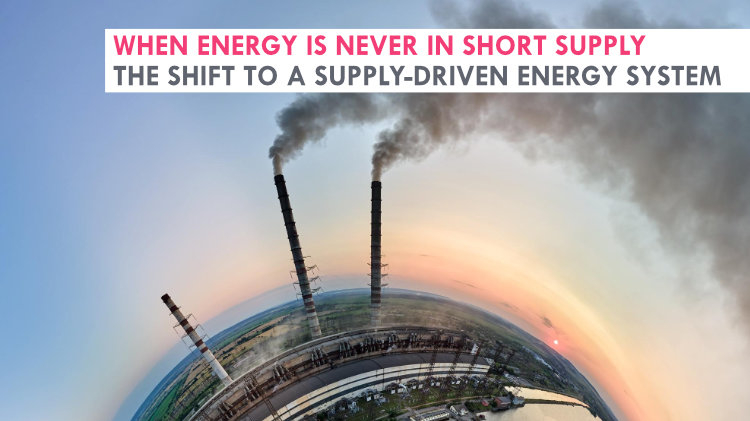
Economics 101: supply and demand is the relationship between the quantity of a commodity that suppliers want to sell and the quantity that consumers want to buy. As a rule of thumb, you can assume that demand drives supply - the more people wish to have something, the more of it will be produced - but this process is now often reversed, and “supply creates its own demand,” as 18th-century French economist Jean-Baptiste Say once postulated. Which is it in the energy sector?
The power system used to be driven by demand and consumption. It was built based on fixed demand patterns, with peaks in the morning and evening. Baseline plants provided the foundation with a dependable generation capacity, with peaker plants ramped up or down to fill in the expected peaks. Demand was predictable, and the generation that required longer ramp-ups and -downs (e.g. from coal plants) was normal. But things have changed.
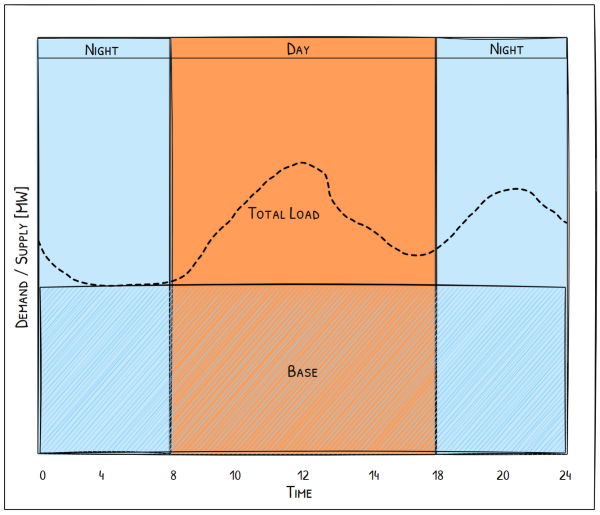
This approach no longer works because variable renewables are delivering a growing share of the baseline generation. While it’s possible to identify general wind and solar generation patterns, they can still vary greatly and with little warning.
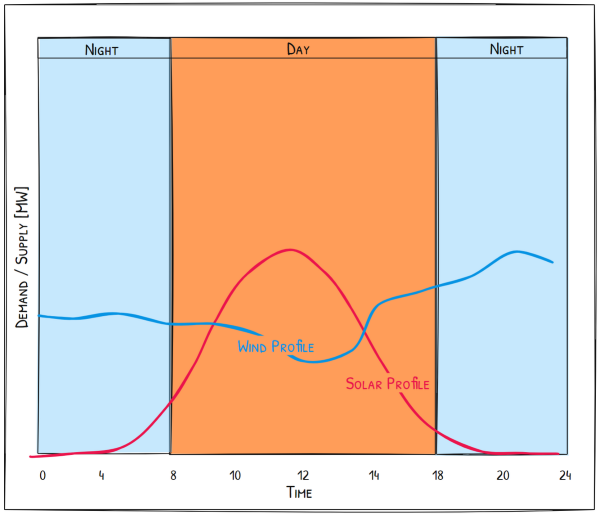
Renewable generation alone cannot guarantee that traditional demand curves are met. We need a fresh approach.
Changing the focus - from demand to supply
Imagine building a renewables-based power system from scratch. Instead of having to rely on demand, your system can be driven by supply. However, the supply of renewable energy can fluctuate greatly depending on the location and the availability of the sources - the good old “The sun doesn’t always shine, and the wind doesn’t always blow” - and the supply patterns don’t always match up with demand curves.
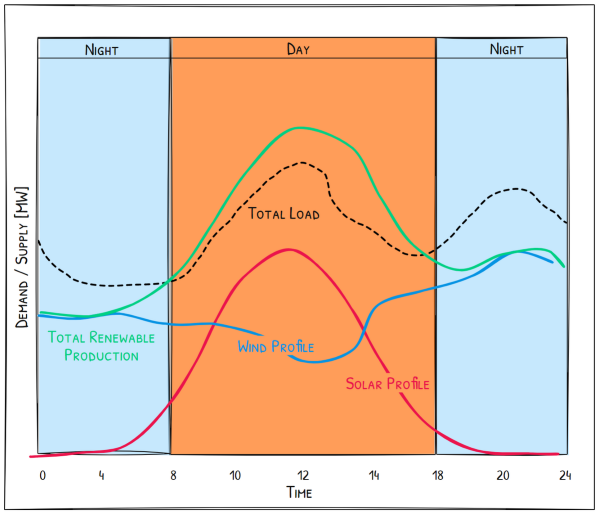
In solar generation, for example, the now well-known and widely referenced “duck curve” appears when energy production is high and grid demand is low. It shows a timing imbalance between supply and demand, and the power system’s potential for instability: there’s ample energy available and fed into the grid during the day, but when the sun sets there’s a sharp drop, which coincides with an increase in demand, as that is the time of day when most consumers are at home and use electricity.
So, there are these “gaps” that need to be filled in on a daily basis. They may be positive, such as the evening peak when demand exceeds generation, or negative, for example, at noon, when more power is generated than is consumed. You have to plan in flexibility to fill these gaps, which is not as easy as it may sound.

Given that weather is often unpredictable, you cannot completely plan ahead, and renewable energy generation may fall short of (e.g. on a cloudy day) or surpass (e.g. due to strong winds) your expectations, causing additional gaps. But that only makes increased flexibility all the more essential. That flexibility can come from many sources.
Supplying flexibility
While gas peakers and small modular nuclear plants are viable options, we want to move away from them and towards green energy sources. The three solutions that keep being proposed as ways to deliver flexibility are dynamic tariffs, demand response and storage (in particular, battery storage).
By offering dynamic tariffs, where prices vary based on the current wholesale price, suppliers incentivize consumers to shift or reduce peak loads. Similarly, demand response plays a role in shaping demand in order to match supply: consumers can shift specific loads such as EVs, heat pumps and appliances to times when there’s either more energy available or less other demand. Finally, behind-the-meter storage allows consumers to load shift and peak shave, while still consuming energy on their preferred schedule and helping out the grid in the process.
Delivering flexibility is a complex task, and so is creating a supply-driven energy system. Since it is based on solar and wind generation forecasts, market data and more, we need smart IT systems to optimize generation, demand and storage, and to improve the efficiency of the energy system. Especially given the wide range of renewable sources at our disposal, a few questions arise.
When positive flexibility (i.e., increased production or reduced consumption) is needed, should we pull energy from storage or reduce power to the heat pump? For the reverse, i.e., negative flexibility, do we crank up the EV charger or load up our batteries? All of this has to be managed intelligently because the system can only work when consumers don't feel inconvenienced.
The supply-driven model is based on the fact that renewable generation is less predictable than traditional plants, and it would seem that customers don’t have the chance to decide about their own consumption. But, as shown above, there is in fact no contradiction between “supply-driven” and “consumer-centric”: by relying on smart IT solutions, we can deliver a significant amount of flexibility, allowing consumers to take control while also enabling suppliers to quickly adjust to changes in demand.

